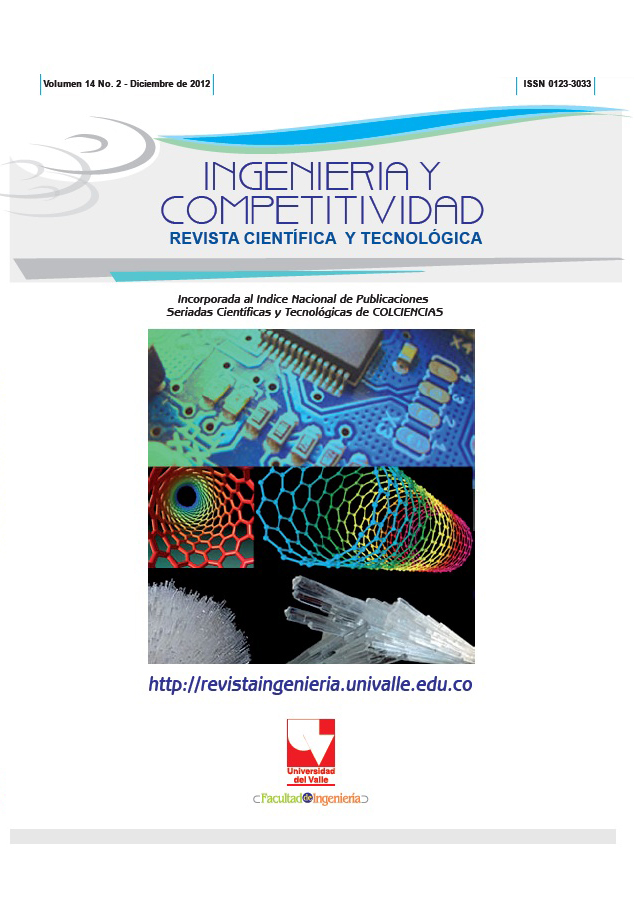Diseño e implementación de un sistema en un solo chip para la navegación y reconocimiento de señales de tránsito en un sistema robótico móvil
Contenido principal del artículo
Dado que los accidentes de tránsito son una de las causales más relevantes de muertes a nivel mundial, esteartículo pretende sustentar el diseño de un sistema en un solo chip (SoC), que tiene la capacidad de reconoceralgunas señales de tránsito, obstáculos y las líneas blancas que delimitan una carretera en un escenario controlado,proporcionando una perspectiva a futuro para la implementación de pilotos automáticos en automóviles realesque ayuden a disminuir los índices de accidentalidad. El SoC opera sobre un FPGA (Field Programmable GateArray) con el propósito que los algoritmos de alta velocidad de procesamiento sean implementados en hardware, ylos algoritmos de baja velocidad sean implementados en software. Por lo tanto se desarrollaron diversos móduloshardware para la captura de video, pre-procesamiento de imágenes y control del balance de blancos para la capturade video. También se diseñaron algoritmos en software, tales como navegación, visión artificial estereoscópica y elreconocimiento inteligente de las señales de tránsito, conformando un conjunto de procesos que son administradospor un sistema operativo en tiempo real (RTOS). Los resultados del SoC se obtuvieron a partir de simulaciones deuna plataforma robótica navegando en una carretera controlada y diseñada a pequeña escala.
- FPGA
- Procesamiento de imágenes
- Redes neuronales artificiales
- RTOS
- SoC
- Visión estereoscópica.
Descargas
Los autores que publican en esta revista están de acuerdo con los siguientes términos:
Los autores ceden los derechos patrimoniales a la revista y a la Universidad del Valle sobre los manuscritos aceptados, pero podrán hacer los reusos que consideren pertinentes por motivos profesionales, educativos, académicos o científicos, de acuerdo con los términos de la licencia que otorga la revista a todos sus artículos.
Los artículos serán publicados bajo la licencia Creative Commons 4.0 BY-NC-SA (de atribución, no comercial, sin obras derivadas).





